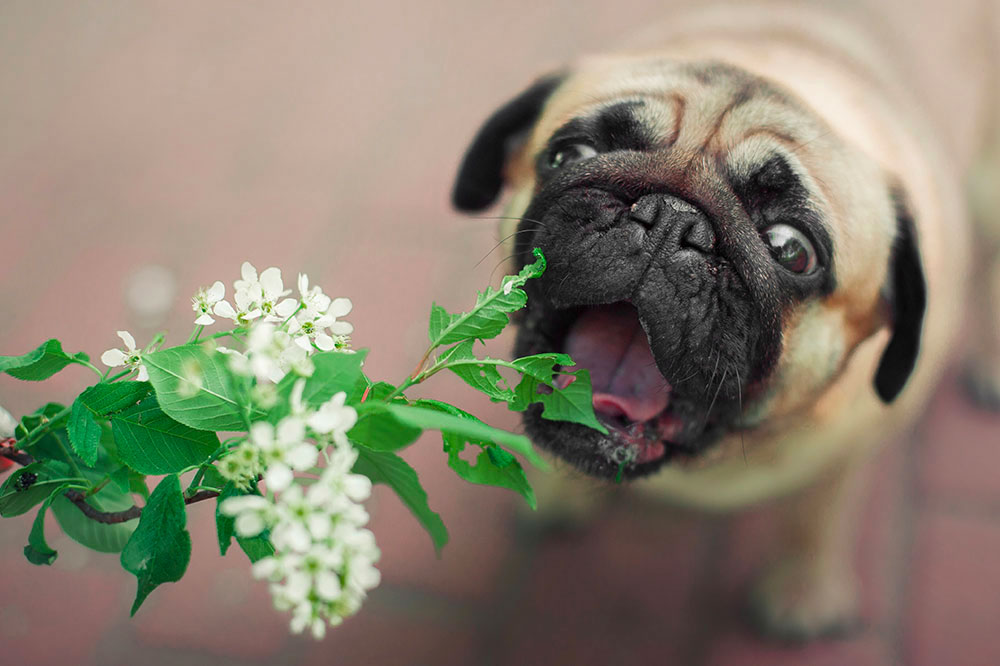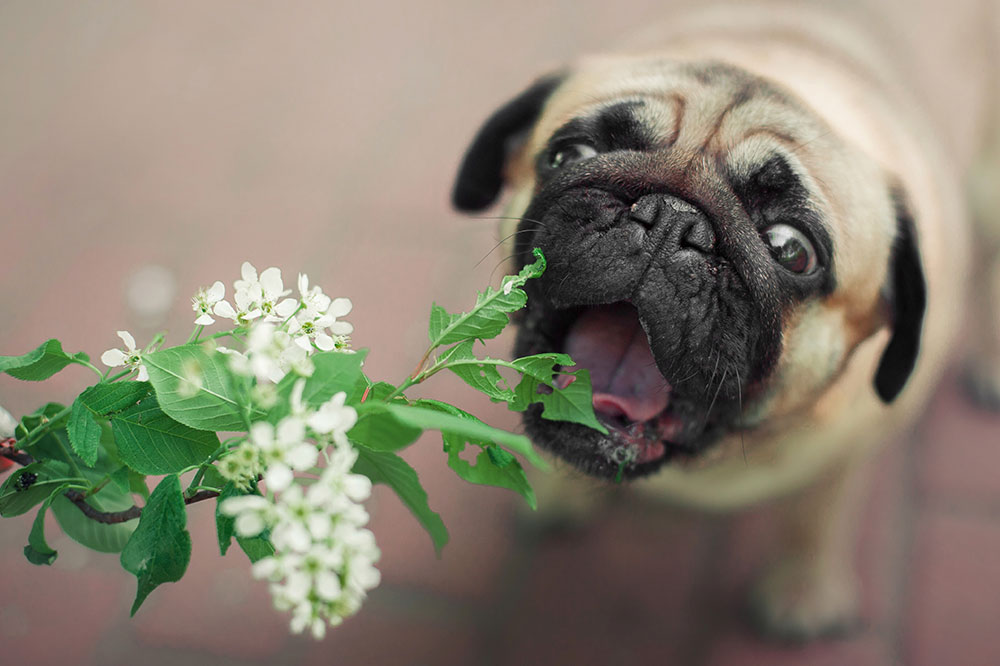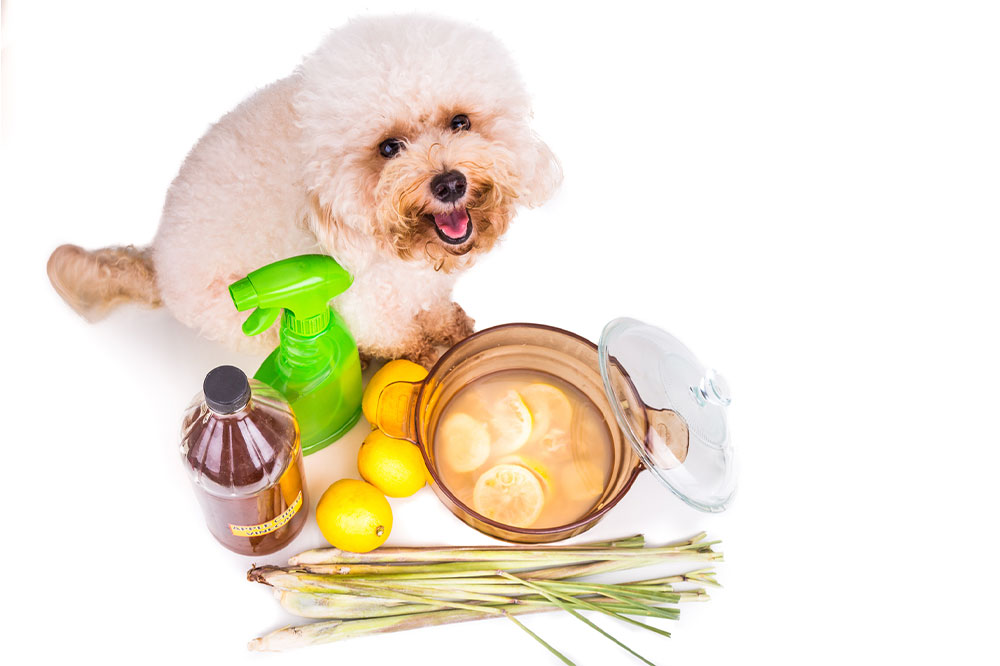Protect Your Dog: 6 Common Toxic Plants to Avoid in Your Home and Garden
This comprehensive guide highlights six common toxic plants that pose dangers to dogs. It explains symptoms of poisoning, prevention tips, and safe products to protect pets. Homeowners and pet lovers can learn how to identify hazardous plants like Sago Palm, Aloe Vera, Elephant’s Ear, Azaleas, Ivy, and Snake Plant. The article emphasizes the importance of awareness, prevention, and immediate veterinary response in case of ingestion, helping pet owners ensure their furry friends stay safe. Keep your dog healthy and happy by avoiding these plants and using recommended parasite control products.

Protect Your Dog: 6 Common Toxic Plants to Avoid in Your Home and Garden
Dogs are naturally curious creatures, known for their love of exploring their surroundings through sniffing, licking, and sometimes chewing on various plants. While many household and outdoor plants are safe and even beneficial, certain plants pose serious health risks to our canine companions. Understanding which plants are toxic is crucial for any dog owner who aims to keep their pet both happy and safe. This comprehensive guide covers six common toxic plants that every dog owner should be aware of, along with symptoms of poisoning, prevention tips, and recommended products for parasite control and overall pet health.
Living amidst lush greenery can be a joy, but it comes with responsibilities. Some beautiful houseplants or outdoor flora are actually harmful to animals. Whether you have a thriving garden or an indoor jungle, knowing which plants are dangerous can prevent accidental ingestion and potentially life-threatening health issues. The key is awareness and proactive prevention. Below, we detail each of these toxic plants, their harmful effects, and what actions to take if your pet consumes them.
Sago Palm: The Deadly Indoor Plant
The Sago Palm (Cycas revoluta) is a popular ornamental plant often used in indoor decor and landscaping, especially in warmer climates. Despite its aesthetically pleasing appearance, it is extremely toxic to dogs. All parts of the Sago Palm contain toxins, with the seeds (often called nuts) being the most hazardous. Ingestion of even a small amount can lead to severe health issues in dogs, including vomiting, diarrhea, abdominal pain, tremors, seizures, and in extreme cases, liver failure which can be fatal if not treated promptly.
Because Sago Palms are common in homes and gardens, pet owners must exercise caution. It's advisable to keep this plant out of reach or completely avoid having it around pets. If you suspect your dog has eaten any part of a Sago Palm, immediate veterinary intervention is vital. Early treatment can significantly improve the prognosis and reduce the risk of long-term damage.
Aloe Vera: Beneficial but Toxic to Dogs
Aloe Vera is a popular plant known for its skin-healing properties in humans, often used in skincare routines. However, when it comes to dogs, aloe vera presents a different story. Ingesting aloe vera gel or latex can cause adverse reactions such as lethargy, stomach upset, vomiting, diarrhea, and dehydration. The plant contains saponins and anthraquinones, compounds that are toxic to dogs and can irritate their gastrointestinal tract.
Elephant’s Ear: A Beautiful but Hazardous Plant
The Elephant’s Ear plant (Alocasia or Colocasia species) is widely appreciated for its large, decorative leaves that add a tropical touch to indoor and outdoor spaces. Despite its visual appeal, it contains insoluble oxalate crystals that pose serious health risks to dogs. When chewed or ingested, these crystals can irritate the mouth, tongue, and throat, leading to swelling, drooling, vomiting, and abdominal discomfort. In severe cases, it may cause difficulty swallowing or breathing, requiring emergency veterinary care.
Azaleas: Peak Spring Beauties with Toxic Risks
Azaleas, with their vibrant blooms and fragrant nectar, are often a favorite in gardens and floral arrangements. Unfortunately, every part of the azalea plant — including flowers, leaves, seeds, and nectar — contains grayanotoxins, which are highly toxic to dogs. Consumption may lead to hypersalivation, vomiting, weakness, tremors, cardiac complications, or convulsions. In extreme cases, azalea poisoning can be fatal, especially if a significant amount is ingested.
Pet owners should consider placing azaleas out of reach or opting for non-toxic alternatives if they have sensitive or curious dogs. Immediate veterinary attention is necessary if poisoning is suspected.
Ivy: Popular Indoors and Outdoors but Toxic
English Ivy (Hedera helix) and Golden Pothos (Epipremnum aureum) are among the most common decorative plants found inside homes and gardens. Both contain calcium oxalate crystals and other compounds that cause irritation and toxicity when ingested by dogs. Symptoms include excessive drooling, mouth irritation, vomiting, abdominal pain, diarrhea, and difficulty swallowing. While generally not lethal, untreated ingestion can cause dehydration and discomfort, warranting prompt veterinary care.
Snake Plant: Low Maintenance Yet Toxic
The Snake Plant (Sansevieria trifasciata), also known as Mother-in-Law’s Tongue, is favored for its durability and striking appearance. Despite its resilience and ease of care, it contains saponins and other toxins harmful to dogs. Chewing or swallowing parts of the snake plant can result in nausea, vomiting, and gastrointestinal upset. Though not usually life-threatening, symptoms should not be ignored, and affected pets should be seen by a veterinarian.
In the event your dog consumes any of these plants, immediate veterinary consultation is crucial. Quick action can mean the difference between a minor upset and a severe health crisis. Prevention remains the best strategy—keeping toxic plants out of reach, training your pet to avoid nibbling on plants, and maintaining regular health checkups. Also, consider using protective products such as parasiticides and health supplements to ensure your pet’s overall well-being.
Recommended Preventive Products for Pet Safety:
Simparica (sarolaner): An effective chewable tablet that provides protection against fleas and ticks for dogs over six months old, lasting up to 35 days per dose.
BRAVECTO® 1-Month Chews: Long-lasting chews suitable for dogs as young as eight weeks, offering protection against fleas and ticks for a full month.
K9 Advantix II: A monthly topical treatment that repels fleas, ticks, and mosquitoes, safeguarding your dog from vector-borne diseases.
HEARTGARD® Plus: A chewable medication targeting intestinal worms and preventing heartworm disease, essential for overall canine health.





